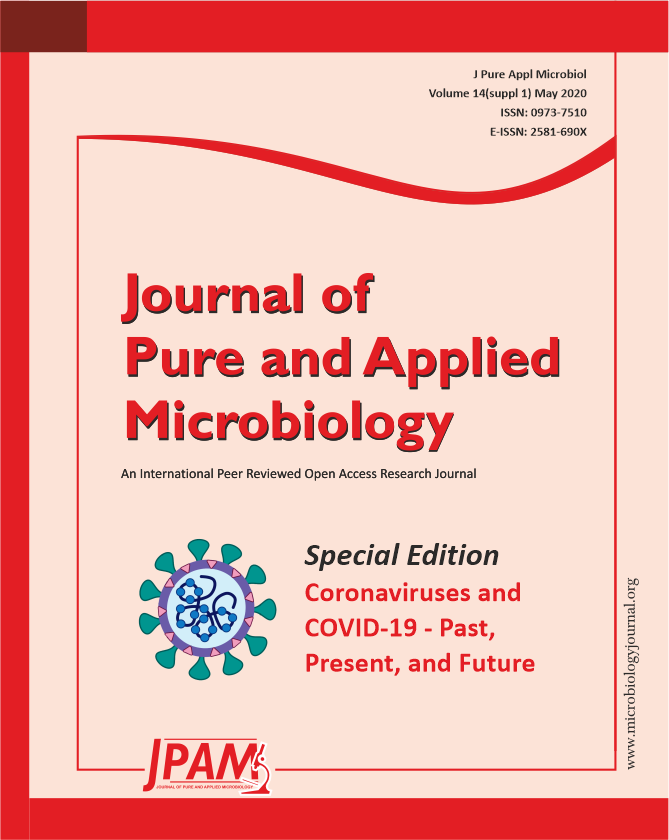Coronavirus disease 2019 (COVID-19), caused by severe acute respiratory syndrome coronavirus – 2 (SARS-CoV-2), was declared a global pandemic on 11th March, 2020 by World Health Organization. As of now,27th May,2020, there are about 54,88,825 infected cases and 3,49,095 deaths globally. Coronavirus samples collected from all the countries have been sequenced for advanced studies in a bid to understand the structure and functioning of the virus. In our study we have tried working on every available sequence to setup both comparisons and co-relations. There is no such available study as of now for reference and hence it can become a pioneer stone in this direction. The mortality rate calculated turns out to be 9.19%,34.37% and 6.29% for SARS-2003, MERS-2012 and COVID-19 respectively. The basic reproduction rate R0 was 2-5 for SARS-2003, 0.3-0.8 for MERS-2012 and 1.4-5.7 for COVID-19. We found out the relation between number of mutations and mortality as well as phylogenetic relations. High number of mutations corresponded to higher mortality rate as in countries like Italy and Spain. Alpha and Beta-coronaviruses show a common ancestor from which they descended. Brazil and Iran have shown similar phylogenetic descent explaining their mortality rate. India however showed a distant relation from the common ancestor of other genome sequences. This study highlights the mutations of the SARS-CoV2 virus as well as sets up a comparison with the previous outbreaks. Similar type of studies should be conducted when more genome samples are present. These results can also contribute towards making an effective anti-viral therapy and vaccines.
COVID-19, Coronavirus, Genome Sequence, Mutations, Phylogeny
© The Author(s) 2020. Open Access. This article is distributed under the terms of the Creative Commons Attribution 4.0 International License which permits unrestricted use, sharing, distribution, and reproduction in any medium, provided you give appropriate credit to the original author(s) and the source, provide a link to the Creative Commons license, and indicate if changes were made.


